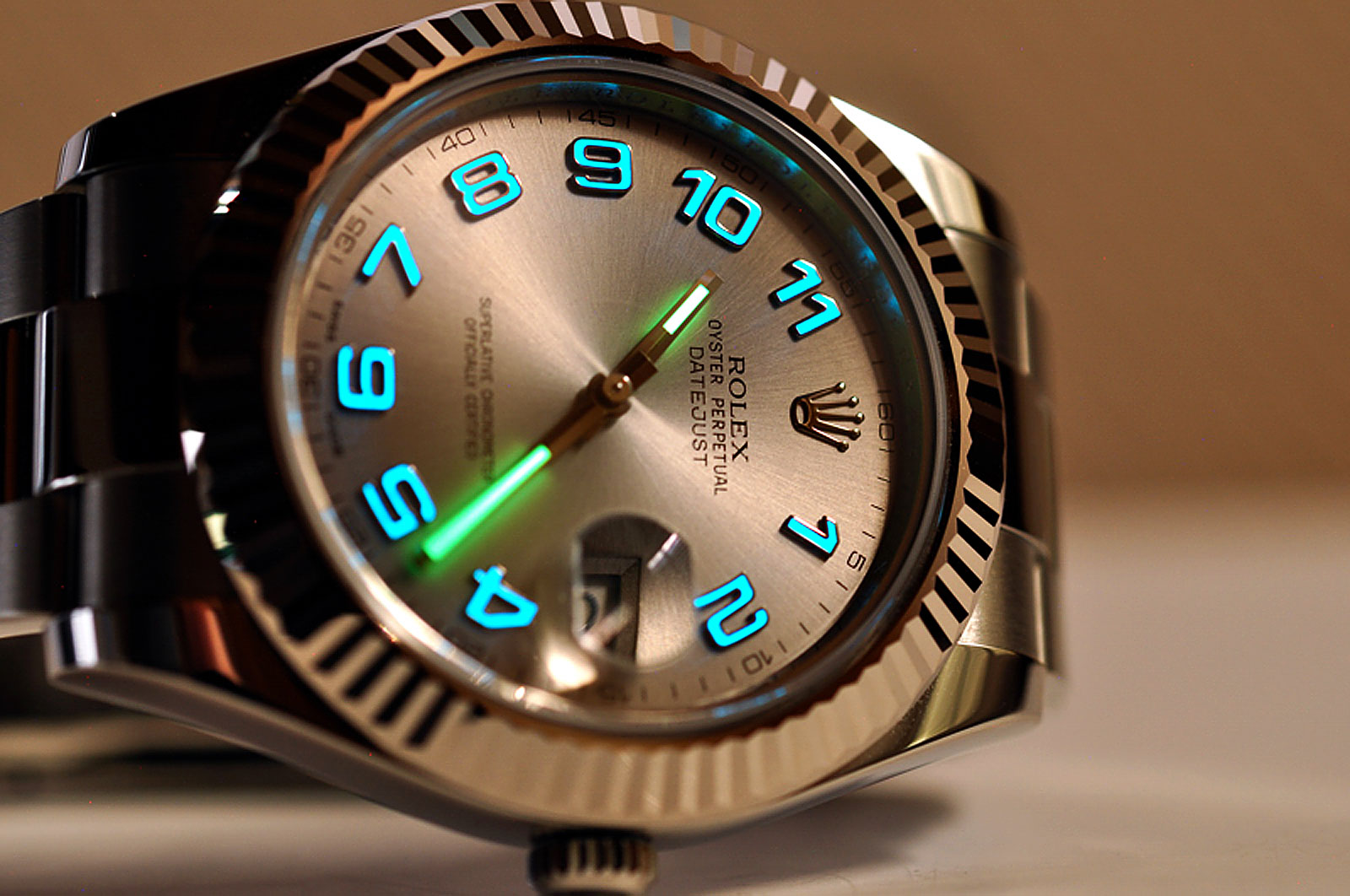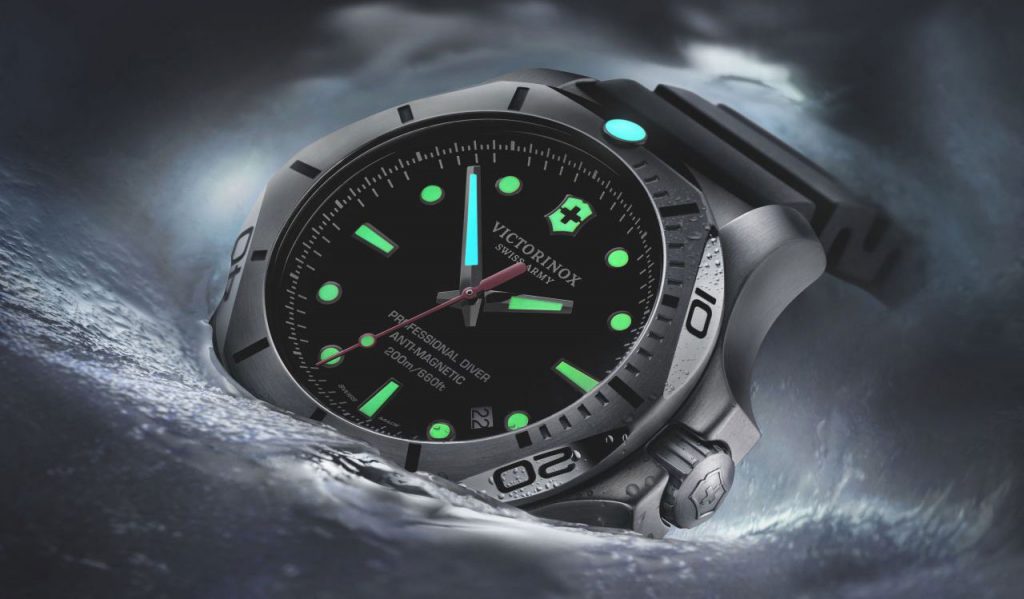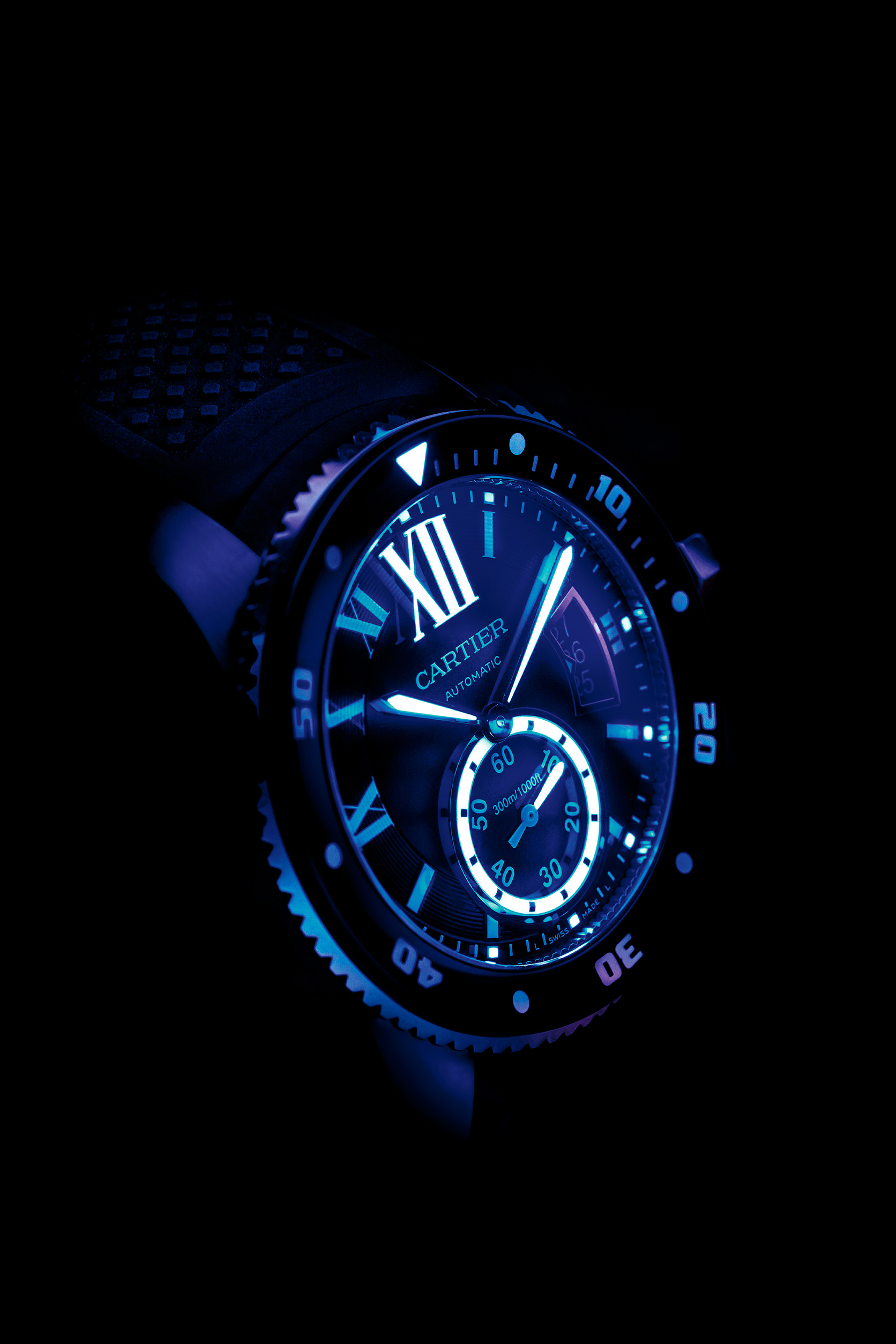

However, it remains a popular choice to this day. It emerged in the late 20th century through the early 2000s. Enter tritium, one of the most popular lume technology. Especially for survivalists, divers, and outdoorsmen, lume proves greatly important in keeping time. Colloquially called ‘lume’, a watch’s illuminating feature became generally important over the years. One feature that continuously develops through the years is the way the watch dials are illuminated. In fact, it’s a modern-day race to prove which brand can provide better technology for its patrons. I guess I should never underestimate the time proven “Old School” methods of watch enthusiasts.For years, watchmakers have been finding ways to improve our timepieces - from complications and accuracy to thickness and water resistance. I was under the impression from my general observations, that most everybody learned the time from their cell phones, since all I see around me are people with their eyes glued to the cell phone screen. Postscript: After we published the article I got several emails and follow up posts to the article telling me that I was wrong in my conclusions, and that a good percentage of watch wearers actually use the luminant for telling time at night, or in dark environments. I think it enters into the realm of the “Cool Factor… as in, “Hey guys, look at how cool this (awesome, bad, killer, etc.) dial lights up when you hold your arm into the dark closet.” A mediocre watch design can be made much more attractive with an interesting colored luminous dial and hands. But today, with everything in our society constantly being lit up like a Christmas tree, I find that the luminous on a watch serves as a “value added,” and not really that functional, unless you really need to see the time on your watch during the night. At home, I suppose it was a great way to tell time during the night.


When it was first introduced, electric street lighting was mainly prevalent only in cities, so this was a nice addition to any timepiece when you were out and about. When all is said and done, it seems that the utilization of luminous substances on watches was a positive leap forward. During the Gulf War it was surprising to find that tanks captured from the Iraqi Military had radium on its various gauges. It must be noted that not all countries have adapted the restrictions on radium and tritium. Several countries have announced strict controls on the importing of radioactive materials, and this has had a huge impact on the watch industry. Even though the risk as compared to radium is slight, tritium is still radioactive, and there have been reports that wearing a watch with tritium on the dial for several days may allow the tritium to diffuse through certain watch cases and absorb into the skin. Since the early 1990’s, the industry has begun to phase out the use of tritium on dials. Tritium has a half life of about 12 years, and needs to be repainted on the dials and hands at regular intervals to assure the watch keeps the “glow in the dark” look.
Lume in watches skin#
Tritium is a short range radioactive emitter, so it didn’t have the extremely hazardous properties as that of radium, and proved to be a relatively safe material from the harmful effects of inhalation, ingestion or skin absorption. It was the introduction of Tritium which proved to be a good substitute for radium. Non-radioactive phosphorous compounds were tried, but the results weren’t optimal. A similar material is used on all Seiko watches, going under the trade name: LumiBrite.īy the 1950’s and 1960’s, with the realization that radium was no longer a viable material to use on watch dials, the industry began using alternate materials to achieve the desired results. Still, since there are no apparent health hazards with the Super-LumiNova, it is much preferred in modern watch products. But, it will still glow faintly for about 6 hours and can still be seen in the dark, although not “glowing” like the earlier radium material. The company describes the luminous properties as a “light battery.” Compared to radium, the product is an inferior “glow in the dark” source: the luminosity degrades 90% after one hour. The Swatch group has exclusively used this material on all of their watches since 1997.


 0 kommentar(er)
0 kommentar(er)
